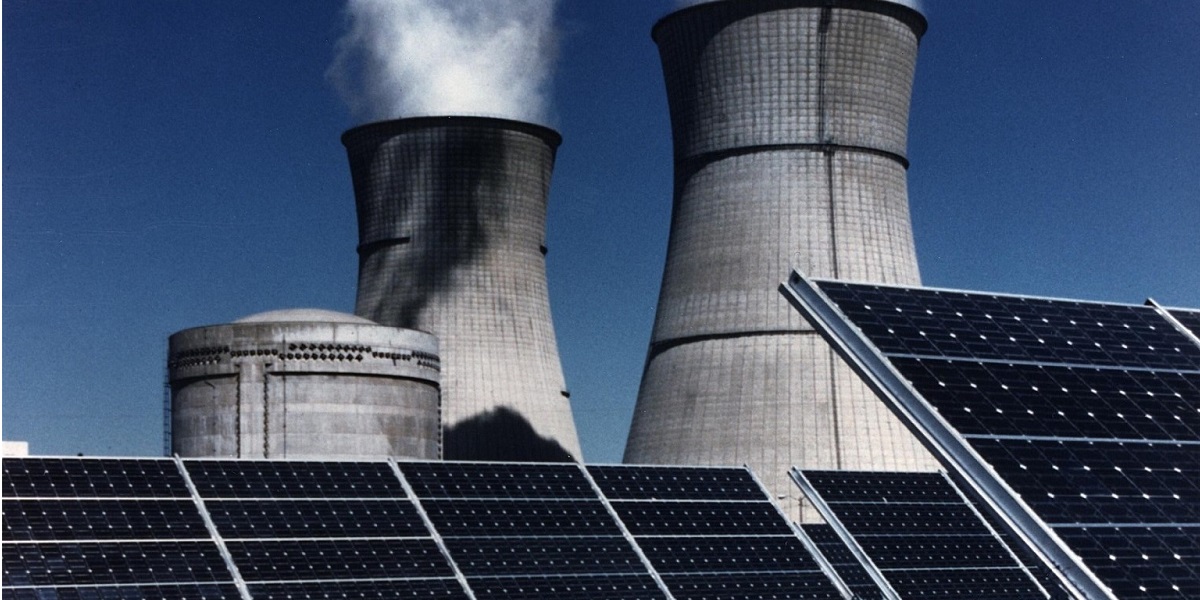The assessment is centred on the analysis of Member States’ final national energy and climate plans (NECPs) and the plans’ contributions to the post-pandemic economic recovery.
Romania submitted its final plan in April 2020. According to the Commission’s evaluation, it still lacks ambition, and it should allocate more financing to projects that contribute to the green transition.
2030 energy and climate targets
Based on the Commission’s recommendations, the policies and measures drafted for the achievement of the decarbonisation objective need more clarity. The report also notes that Romania failed to notify the Commission of its national long-term strategy (LTS), a document outlying how the country intends to reach the goal of carbon neutrality by 2050, as required under the NECP Governance Regulation.
Although Romania increased its renewable energy target from 27.9% in the draft NECP to 30.7% in the final version, this is still below the 34% renewable share established at the European level. Thus, the country maintains a conservative approach despite its considerable potential in the renewable energy sector, such as for offshore wind.
Romania can also improve on energy efficiency. The NECP envisages primary energy consumption at a level of 32.3 Mtep in 2030, which will generate energy savings of 45.1% compared to the PRIMES 2007 baseline scenario. The target for final energy consumption will decrease to 25.7 Mtep in 2030, but this is unambitious considering the average final consumption for the period 2016-2018, which registered a level of 22.9 Mtep. These targets are far too low to contribute to the overall European energy efficiency target of 32.5%. The planned measures and policies need to be supplemented with alternative measures and defined much more clearly. For example, the plan should prioritise the use of EU funds for the positive investments foreseen in the NECP
On energy security, Romania foresees an increase in installed capacities based on solar, wind and hydropower, but it also plans to negate the positive benefits of these renewable sources by putting gas at the center of its energy system. Romania’s NECP plans to develop the national gas transport system and facilitate investments in the Black Sea’s natural gas perimeters. Although several coal-fired power units are envisaged for replacement with gas-fired ones, a coal phase-out plan is still absent, and measures to phase out fossil fuel subsidies are still missing.
Regarding just transition, the report recommended that Romania conduct a social impact analysis that is currently missing from the final NECP. This is important in order to anticipate the number of jobs that will be affected by the green transition in the main coal mining regions.
Post-pandemic economic recovery and resilience
The Commission’s assessment also includes suggestions on how Romania can make the most of the new financial instruments dedicated to the post COVID-19 economic recovery in its recovery and resilience plan.
The pandemic recovery funds should be used for green energy investments and reforms to make up for the NECP’s shortcomings. As such, the national recovery and resilience plans should contain:
- Measures to stimulate renewable energy generation, the renovation of buildings and increasing the energy efficiency of district heating networks;
- Measures to improve transport infrastructure and sustainable mobility;
- Measures to support the gradual introduction of green taxation and green budgeting.
Romania’s first version of its recovery and resilience plan is still under elaboration. However, time is of the essence if Romania wants to make use of the recovery funds, which will be available once the Recovery and Resilience Facility’s regulation comes into force and Romania’s recovery plan is approved. There is no information available regarding the plan’s development, nor for any public consultation procedure on the plan.
According to the national framework regulating the elaboration of the plan, among the projects eligible for financing are also those for the development of natural gas distribution systems. Investment projects in renewable energy sources are not included.
Romania needs to tap into the opportunities provided by the Recovery and Resilience Facility in order to accelerate its green transition while also contributing to economic recovery. In order to do so, it must give up unsustainable investments in fossil fuels and effectively commit to a just and clean energy transition.
Never miss an update
We expose the risks of international public finance and bring critical updates from the ground – straight to your inbox.
Institution: European Commission | EU funds
Theme: Just transition
Location: Romania
Project: Just transition
Tags: EU funds | NECP | Romania | green recovery | just transition

